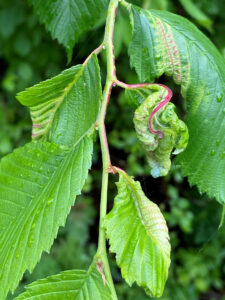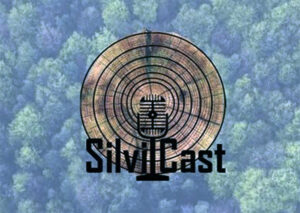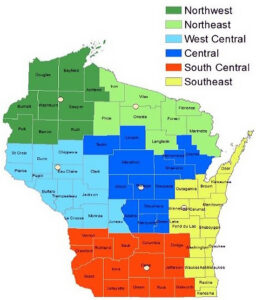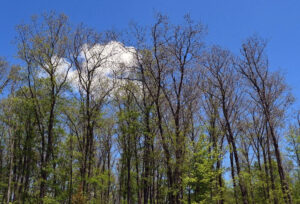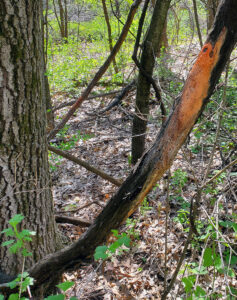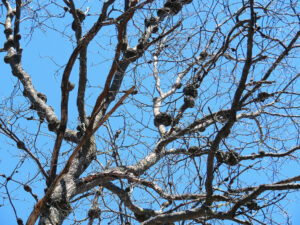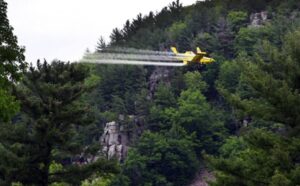By Art Kabelowsky, DNR Outreach and Communications
Arthur.Kabelowsky@wisconsin.gov or 608-335-0167
It’s time for River Mathieu and Tim Shively to put all their education and research to work.
Mathieu and Shively are the newest additions to the Wisconsin Department of Natural Resources (DNR) Forest Health team. Both started on June 30, filling Forest Health Specialist vacancies.
Continue reading “New Forest Health Specialists Take To The Woods”

